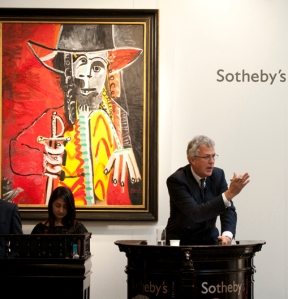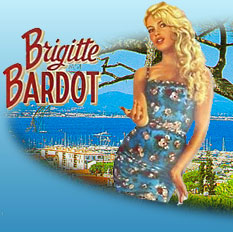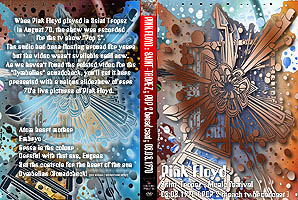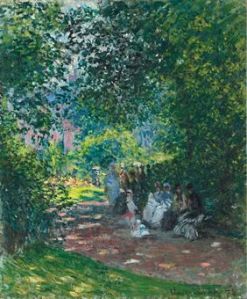I have been watching a lot of Twenty20 cricket recently.
Although I didn’t go to any of the recent World Cup matches I saw many of them on TV in various South London pubs. Now that the international tournament has concluded the county version has started. I was at Lord’s yesterday for Middlesex vs. Sussex, which looked like it would be a shoo-in for the home team before Ed Joyce got stuck in. It was remarkable how quickly the dynamics of the game changed. In the space of three or four overs, Sussex’s run rate went from 3.5 to over 10. Hugely enjoyable and entertaining.

At The Oval last Wednesday (24 June), Kent beat Surrey by one run. Not quite as absorbing as “The Greatest Test” at Edgbaston in 2005, but a lot of fun. And I actually rather enjoyed seeing smug Surrey beaten again. I have memberships at both Lord’s and The Oval but have little empathy for the home sides. Warwickshire is my county.
So what does a MCC member think of Twenty20? Well, I am a good deal younger and probably not quite as reactionary as some of the MCC membership. Indeed, I would not have joined the club if it had persisted with its “no women” rule. It cannot be “a private club with a public function” and discriminate against half the population; you cannot have it both ways. And surely the success of the England women’s team undermines any remaining vestiges of sexism at HQ.
The power-hitting and new batting strokes are all part of the game’s evolution. Perhaps batsmen will be playing Tillakaratne Dilshan’s “Dilscoop” in Test matches before too long – well, Dilshan will, anyway. Bowlers also are increasingly able to prevent the collateral damage that they suffered in the early days of Twenty20. Perhaps new bowling techniques will also find their way into Test cricket.
Twenty20 is the cricketing equivalent of Blue Nun – short and sweet. But just as Blue Nun is often people’s first taste of wine before moving onto better things – I can only speak for myself, of course! – I would hope that Twenty20 remains the entry point into the delights of cricket and that Test matches retain their status as the highest form of the game. It is all a matter of marketing, I suppose, for which we must rely on the ECB (England and Wales Cricket Board) and BCCI (Board of Control for Cricket in India). It doesn’t fill one with confidence. The BCCI is in thrall to the money generated by the Indian Premier League; the ECB is in danger of over-egging the omelette with a proposed P20 league to begin in 2010 and run alongside the existing Twenty20 Cup. But like Richard Branson’s trains, it is the future.
Interesting also that Twenty20, like the game of cricket itself, originated in England but has been better exploited overseas. That is the history of cricket in a nutshell.




